Hosta "Blue Ivory": description, planting, care and reproduction
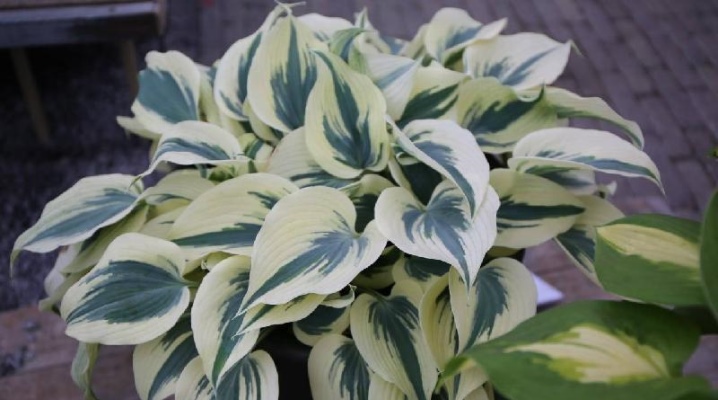
Hosta is one of the most popular garden plants. A beautiful perennial with a dense rhizome, large foliage will decorate any site or local area. The Blue Ivory variety is gaining more and more love from private sector owners. The plant, which has an amazing bluish-blue hue, is distinguished by its unpretentiousness and high frost resistance.
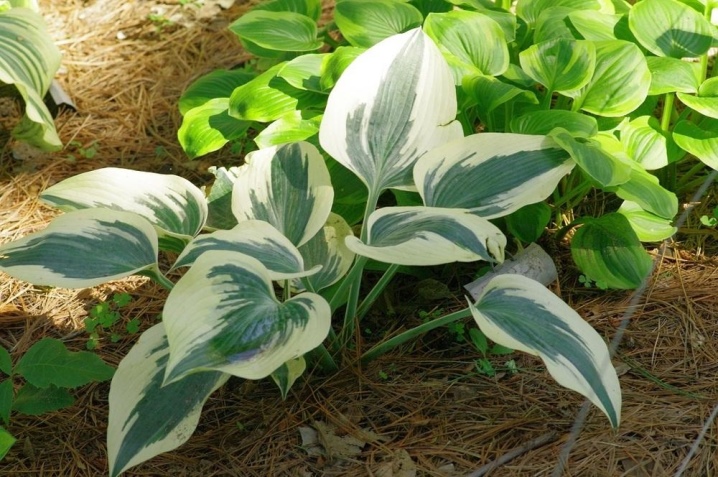
Description
The Blue Ivory hybrid host comes from the Halzion variety. She took from her "parent" the best properties: rich color, dense foliage and unpretentiousness.
The distinctive features of Blue Ivory include the following characteristics:
- compact rhizome;
- large leaves of various shapes and colors from dark green to light blue;
- inflorescences funnel-shaped or bell-shaped pale lavender.
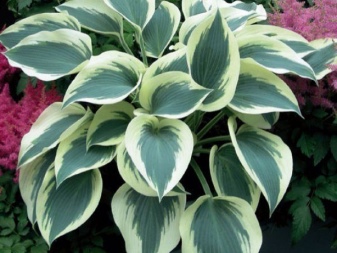
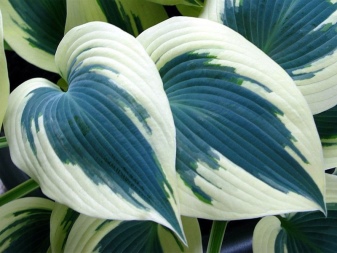
In addition, this variety is a "chameleon". In hot summer, the foliage is painted in a blue tone, and with the onset of autumn, it becomes green. This host variety belongs to the middle group of shrubs, since the plant height does not exceed one and a half meters. An amazing perennial blooms from July to October. In late autumn, dry stalks must be removed.
The main feature of "Blue Ivory" is its "craving" for darkened places. However, it is still not worthwhile to completely deprive a young shrub of sunlight.
For this variety, an area with blackouts from the dangerous midday sun is suitable.
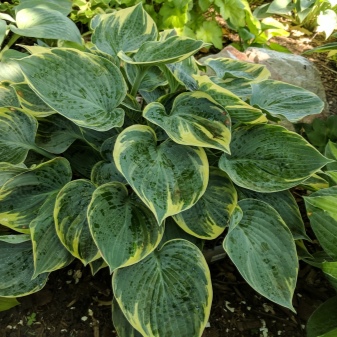
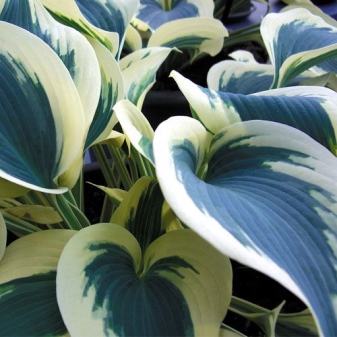
How to plant and care?
Blue hosts are planted in the spring. The ideal soil for this variety is wet or slightly acidic. Do not forget about the drainage layer, which is laid out on the bottom of the planting pit. Note that the blue hosta reacts negatively to drafts, so the place must be protected from gusty winds.
When planting, the root system of the plant is evenly distributed and covered with soil. The soil surface is mulched with dry foliage or peat, then the plant is watered abundantly.
"Blue Ivory" is used in collective plantings. The distance between seedlings should not be less than 1 meter. Water the hedge very carefully, otherwise there is a high probability of spoiling the leaves.
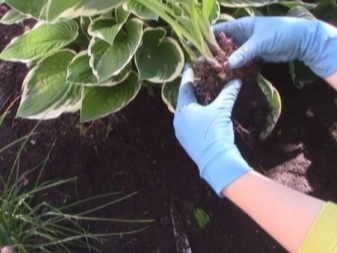
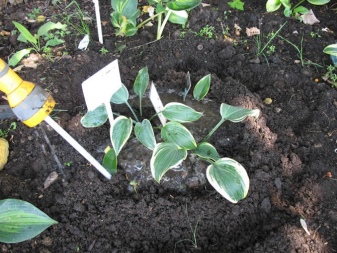
Fertilizers begin to be applied a year after planting. They feed the blue hosta until July. And also do not forget about regular watering and weed control. Moisten the soil in the early morning by lifting the foliage. Then the soil must be mulched, which will allow the soil to retain the necessary moisture.
The Blue Ivory variety is pruned. With the onset of cold weather (late October), the leaves are removed so that new ones appear in the spring.
After a couple of years, the perennial will acquire a presentable appearance: the curved foliage will turn gray-blue with a snow-white border.
How to propagate?
Growing an original plant on your own is a simple matter. Propagated by blue hosta seeds, cuttings or dividing the bush.
As for the first method, in this case, careful preparation is required. Seeds of blue hosta do not differ in intensive germination, therefore, before sowing, they are treated with a weak solution of potassium permanganate. The soil is also disinfected. Seeds are sown superficially, lightly sprinkling with substrate. Next, the boxes are covered with a special film and placed in a dark, dry room, away from direct sunlight. The first shoots should appear 12-14 days later. Experts say that using this method of propagation, the gardener runs the risk of losing the varietal qualities of the plant.
In this case, cuttings are more suitable for him. This method is relevant in the summer. Shoots play the role of cuttings.
The foliage is shortened to reduce evaporation of moisture from the soil surface. The cuttings are hidden from the sun's rays, and abundantly moisturize the soil.
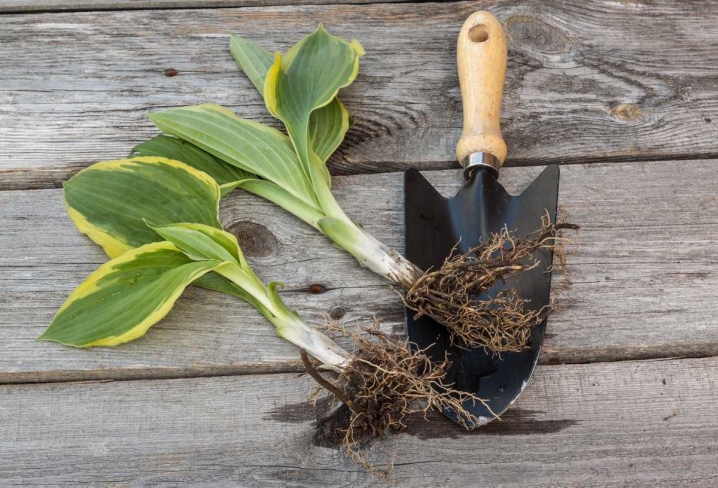
Another method of breeding hybrid hosts involves dividing the bush. This procedure is carried out with a 5 year old plant. Suitable periods are April or September. The perennial is dug up, the rhizome is cut. Places of separation are sprinkled with crushed coal. Dry roots are removed, then the plants are planted in a permanent place. Rooting usually takes place after 3 weeks. This procedure must be carried out before the first frost.
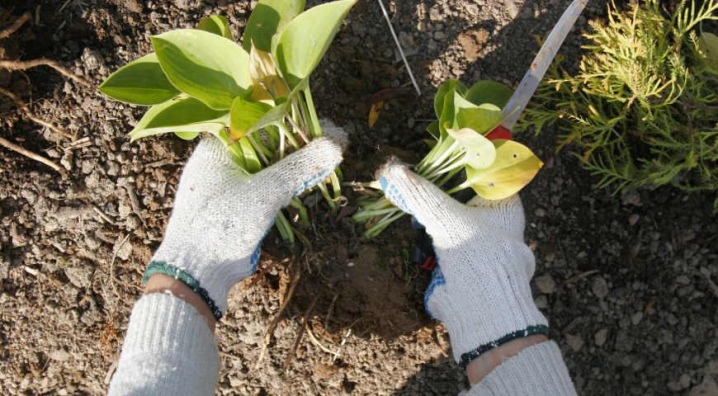
The Blue Ivory variety is widely used in landscape design. The original perennial goes well with various garden flowers. The neighborhood with coniferous crops gives the host a special charm. In addition, an amazing plant is planted next to fountains, decorative waterfalls or artificial reservoirs. And also the blue hosta is grown in tubs. With proper care, the plant can live in one place for more than 20 years.
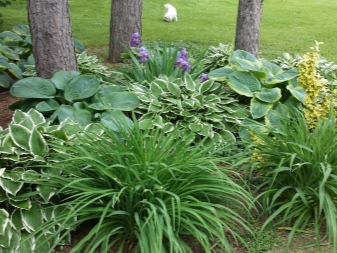
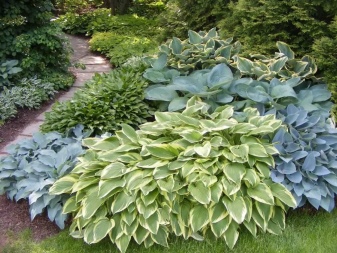
See the next video about the features of the Blue Ivory hosts.







































































































The comment was sent successfully.